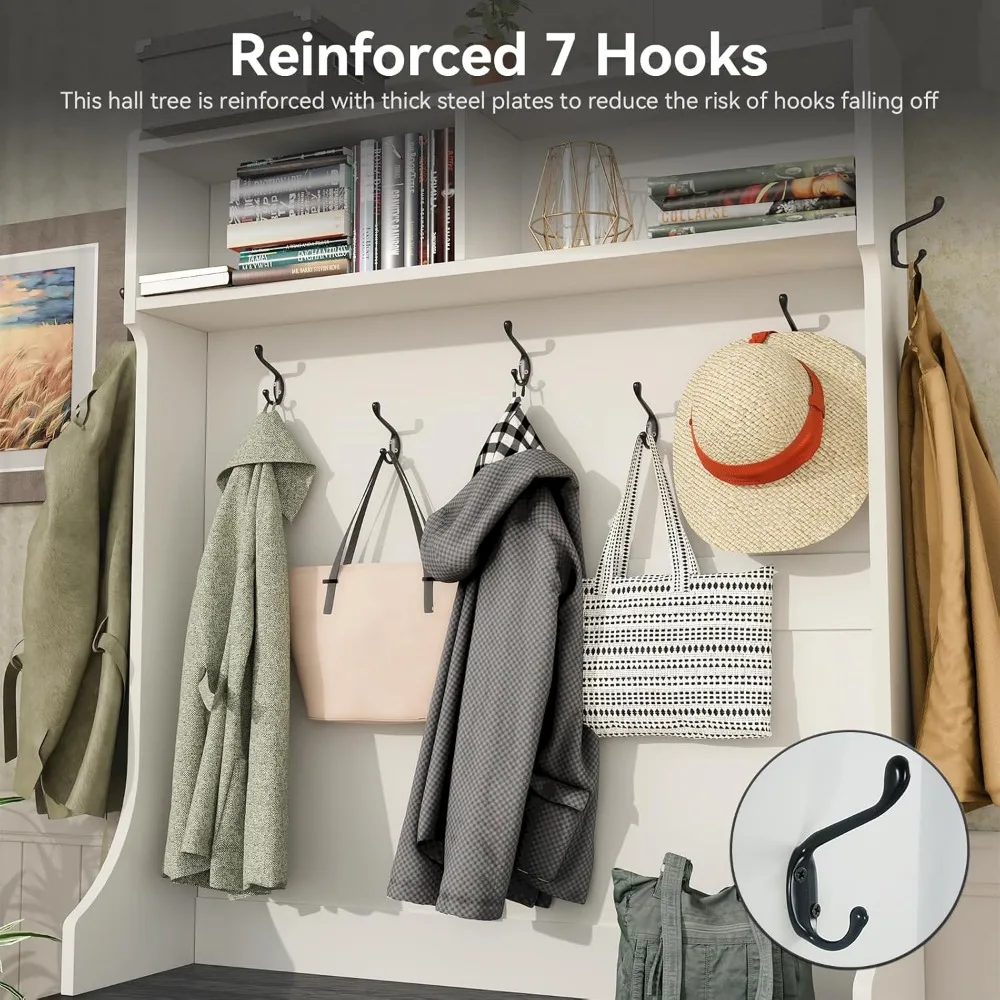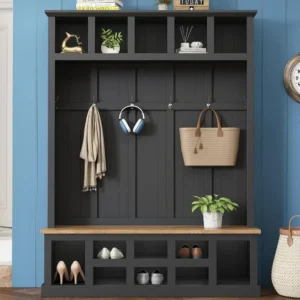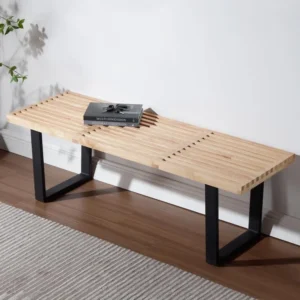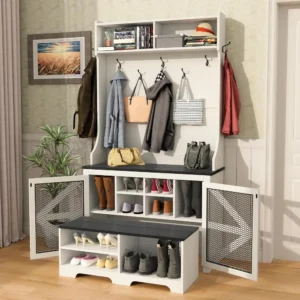Creating a rustic entryway transforms the first space guests see in your home into a warm, inviting area that sets the tone for your entire house. Whether you have a spacious foyer or a small corner by your front door, rustic design elements can add character, functionality, and timeless appeal to this important transitional space.
Understanding Rustic Entryway Design
What Makes a Space Truly Rustic?
Rustic style celebrates the beauty of natural materials and the charm of imperfection. At its core, rustic design embraces:
- Natural materials: Unfinished or minimally processed wood, stone, and metals that showcase their inherent textures and grain patterns
- Weathered finishes: Surfaces with patina, distressing, or wear that tell a story of time and use
- Earthy color palette: Warm neutrals, forest greens, deep reds, and golden hues inspired by nature
- Handcrafted elements: Items that show evidence of craftsmanship rather than mass production
The rustic aesthetic branches into several distinct sub-styles. Farmhouse rustic features whitewashed woods, vintage accessories, and country-inspired elements. Industrial rustic combines raw wood with metal accents and utilitarian pieces. Mountain lodge rustic incorporates heavier timbers, stone, and nature-inspired motifs.
What makes rustic design so appealing is its connection to nature and ability to create instant warmth. Understanding these rustic design foundations helps establish a framework for your entryway transformation.
Benefits of a Rustic Entryway
A well-designed rustic entryway offers numerous advantages that go beyond mere aesthetics:
- Creates a welcoming first impression: The natural warmth of rustic materials instantly makes guests feel comfortable and welcomed
- Establishes a transition zone: Helps create a buffer between the outside world and your home’s interior
- Offers exceptional durability: Rustic materials like hardwoods and stone withstand heavy traffic, wet boots, and everyday wear
- Provides timeless appeal: Unlike trendy styles, rustic design has remained popular for decades, making it a solid long-term investment
The organic elements in rustic design also have a proven psychological benefit, reducing stress and creating a sense of calm as you enter your home. Creating a warm and inviting entrance establishes a positive emotional response every time you return home, making your rustic entryway both practical and emotionally satisfying.
Essential Planning for Your Rustic Entryway
Evaluating Your Space and Needs
Before purchasing furniture or décor, take time to assess your entryway’s specific characteristics:
Entryway Assessment Checklist:
– Measure width, length, and height (include doorway dimensions)
– Identify existing architectural features (windows, built-ins, molding)
– Note the direction and amount of natural light
– Determine traffic patterns and bottleneck areas
– List functional needs (storage for shoes, coats, keys, etc.)
– Consider the number of household members using the space
Remember that planning for different entryway dimensions affects every design decision. A narrow hallway might require wall-mounted storage instead of freestanding furniture, while a larger foyer might accommodate a substantial bench and console combination.
Finding Inspiration and Setting Your Budget
Gathering inspiration is an exciting part of the design process. Consider creating:
- Digital mood boards using Pinterest or home design apps
- Physical inspiration boards with material samples and color swatches
- Photo collections from magazines and catalogs
When establishing your budget, allocate funds strategically:
- Investment pieces (40-50% of budget): Quality bench, console table, or storage solution
- Medium investments (20-30%): Lighting fixtures, mirror, significant décor items
- Smaller items (20-30%): Baskets, textiles, wall art, and accessories
Guidance on selecting and budgeting for rustic furniture helps ensure you invest wisely in pieces that will withstand daily use while maintaining their visual appeal. Remember that authentic rustic pieces often cost more initially but provide greater longevity and character.
Core Furniture Elements for Rustic Entryways
Choosing the Perfect Rustic Bench
A bench is often the centerpiece of a rustic entryway, providing both seating and style. The right bench should balance aesthetics with practical considerations:
Types of Rustic Benches:
– Storage benches: Feature hidden compartments for shoes, gloves, and seasonal items
– Farmhouse benches: Simple, sturdy designs with straightforward lines
– Live-edge benches: Showcase the natural edge of the wood for organic appeal
– Industrial-rustic benches: Combine wood with metal frames or accents
When selecting materials, reclaimed wood offers authentic character with natural distressing, while new wood with applied finishes provides similar aesthetics with potentially greater uniformity. The ideal bench height ranges from 17-19 inches for comfortable seating, with a depth of 14-16 inches.
Bench styles that complement rustic design vary widely, allowing you to find options that perfectly match your space and overall home aesthetic. For truly authentic rustic appeal, consider benches from our rustic bench options for entryways collection.
Console Tables and Storage Solutions
A console table complements a bench by providing surface area for both practical items and decorative elements:
- Narrow consoles (10-12 inches deep) work well in tighter entryways
- Standard consoles (14-18 inches deep) offer more substantial display space
- Storage consoles with drawers, shelves, or cubbies maximize functionality
Material combinations enhance rustic appeal—wood tops with wrought iron legs create visual interest, while all-wood pieces with visible joinery showcase craftsmanship. Explore our storage solutions for rustic entryways to find pieces that balance form and function.
When styling a console, follow the rule of odd numbers (groupings of three or five items) and vary heights to create visual interest. Incorporate personal touches like family photos in rustic frames alongside functional items like baskets for gloves or mail sorters.
Materials and Finishes for Authentic Rustic Appeal
Working with Reclaimed and Weathered Wood
Wood is the cornerstone of rustic design, with each type offering unique characteristics:
- Oak: Exceptionally durable with prominent grain patterns
- Pine: Lighter in color and weight with visible knots
- Barnwood: Weathered gray patina from natural aging
- Hickory: Strong with dramatic grain variations and color contrast
Reclaimed wood tells a story through its nail holes, saw marks, and weathering patterns. These imperfections create character that new materials can’t replicate. For maintenance, use gentle cleaners and occasionally apply food-safe oils to prevent drying and cracking.
For those who appreciate the beauty of natural materials, our authentic wooden benches for rustic style showcase the warmth and character that only genuine wood can provide.
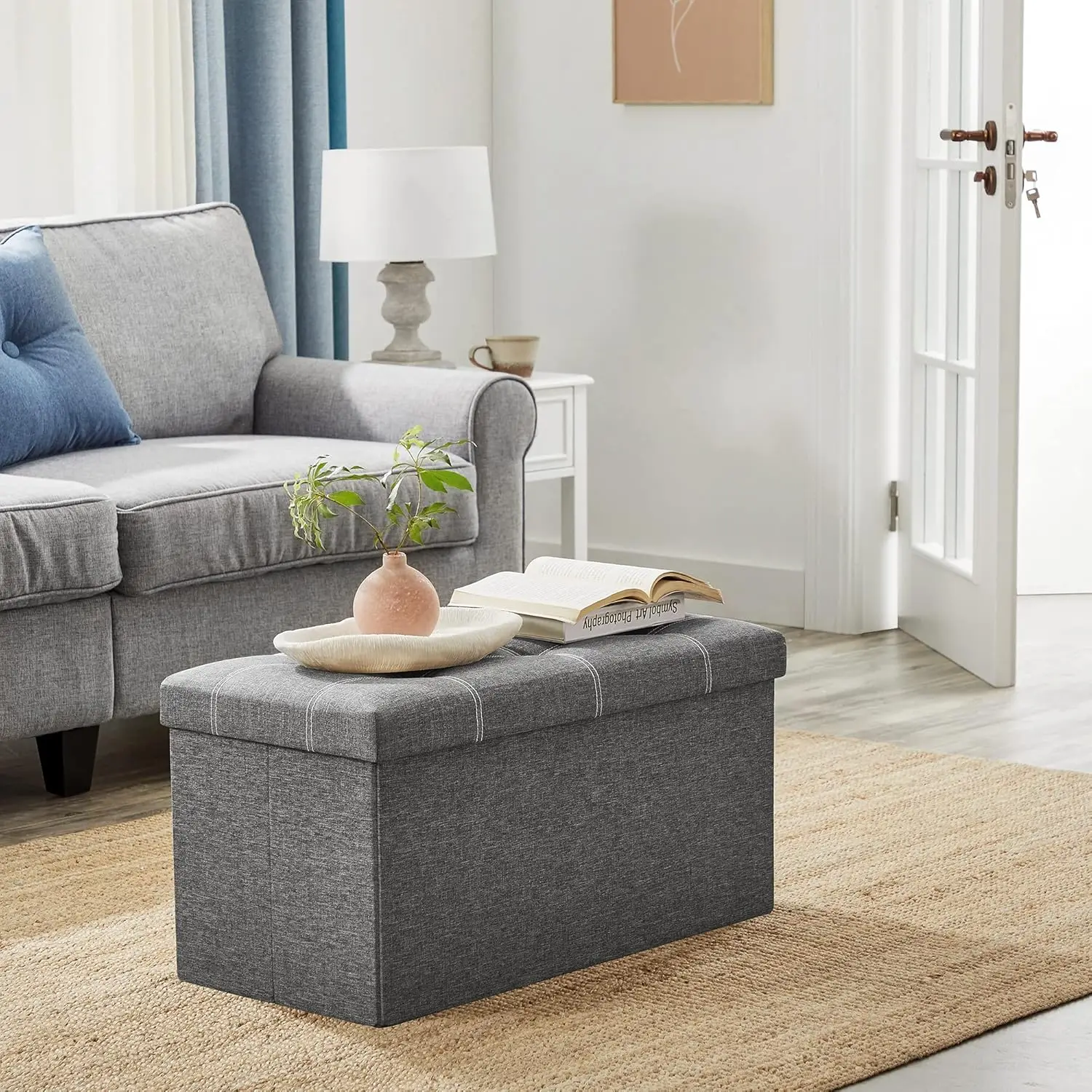
Incorporating Metal, Stone, and Natural Textures
While wood forms the foundation, complementary materials add depth and interest:
Metal elements introduce contrast and structural integrity:
– Wrought iron with hand-hammered textures
– Aged brass or copper with developing patinas
– Galvanized steel for an agricultural-inspired look
Stone and brick ground the space:
– Slate floor tiles or accent walls
– River rock details or stone veneer
– Brick pavers or exposed brick walls
Natural fibers add warmth and softness:
– Jute or sisal rugs that withstand traffic
– Burlap or linen textiles for cushions
– Woven baskets for practical storage
Combining materials for rustic appeal creates a multi-dimensional space with visual and textural interest. The key is allowing each material to complement rather than compete with the others.
Creating a Cohesive Rustic Color Scheme
Selecting the Perfect Rustic Color Palette
A successful rustic color palette draws inspiration from natural environments:
Foundation neutrals (use liberally):
– Warm whites (creamy rather than stark)
– Taupes and beiges with yellow undertones
– Soft grays with brown undertones
Earthy midtones (use moderately):
– Terracotta and clay reds
– Forest and sage greens
– Warm golden yellows
– Dusty blues reminiscent of faded denim
Rich accents (use sparingly):
– Deep burgundy
– Charcoal or almost-black
– Burnished copper or bronze
For a harmonious look, follow the 60-30-10 rule: 60% of your space in a foundation neutral, 30% in complementary midtones, and 10% in accent colors. This creates visual interest without overwhelming the space.
Looking for specific inspiration? Our collection of color scheme inspiration for rustic entryways showcases proven combinations that create a cohesive look.
Lighting Solutions for Rustic Entryways
Choosing Characterful Rustic Light Fixtures
Proper lighting transforms an entryway from merely functional to genuinely welcoming. Rustic lighting options include:
- Pendant lights: Lantern-style, Edison bulbs, or cage designs
- Wall sconces: Farmhouse arm sconces or industrial cage styles
- Table lamps: Pottery bases with textured linen shades
Materials should complement your overall design—wrought iron, wood, hammered metal, or combinations of these elements work beautifully. For light quality, choose warm white bulbs (2700-3000K color temperature) rather than cool white to enhance the cozy rustic feeling.
Layer multiple light sources at different heights to create ambiance and eliminate shadows. A ceiling fixture provides general illumination, while wall sconces or table lamps add warmth and eliminate dark corners.
Enhancing Your Rustic Entryway with Décor
Essential Rustic Décor Elements
The right decorative elements bring personality to your rustic entryway:
- Mirrors: Choose frames of distressed wood, hammered metal, or even repurposed window frames
- Wall décor: Vintage signs, architectural salvage pieces, or nature-inspired artwork
- Textiles: Wool or cotton runners, cushions with simple patterns, burlap or linen curtains
- Small accents: Vintage containers, wooden bowls, or antique tools repurposed as décor
Mirrors serve dual purposes—they reflect light to brighten the space while providing a last-minute check before leaving home. Position them where they capture natural light when possible.
Our functional décor pieces for rustic entryways combine practical features with authentic rustic styling for a cohesive look.
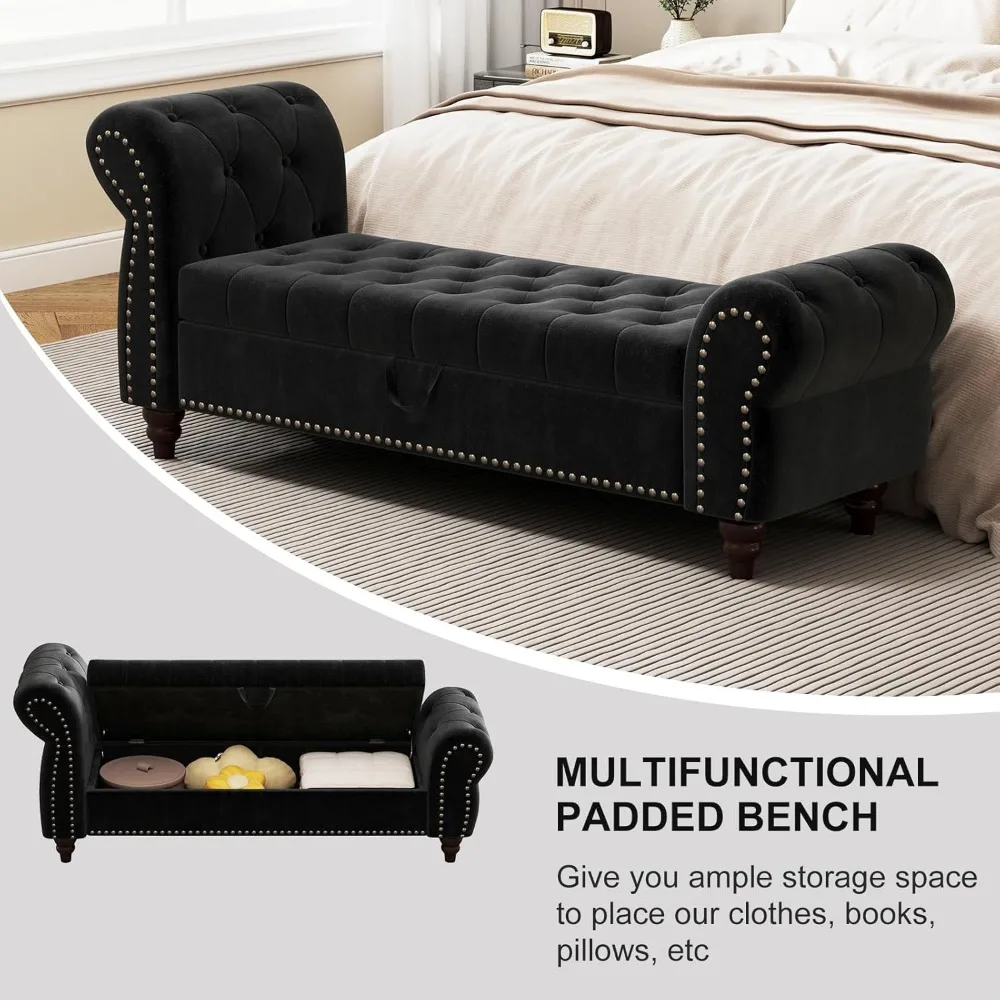
Incorporating Natural and Organic Touches
Living elements soften the hard surfaces typical in rustic design:
- Low-maintenance plants: Snake plants, ZZ plants, or pothos for low-light areas
- Seasonal elements: Dried wheat bundles in fall, evergreen branches in winter
- Organic containers: Stone planters, wooden boxes, or woven baskets
- Natural materials: Driftwood, pinecones, or river stones
For entryways with limited natural light, faux plants have become remarkably realistic and offer the same visual softening without maintenance concerns. Change these elements seasonally to keep your entryway feeling fresh and connected to the natural world outside.
Practical Storage Solutions with Rustic Charm
Functional Organization with Rustic Appeal
An effective entryway balances aesthetics with practical storage:
- Coat and hat storage: Wall-mounted hooks, antique coat racks, or hall trees
- Shoe containment: Under-bench cubbies, baskets, or dedicated shoe cabinets
- Small item management: Key hooks, mail slots, or small bowls for pocket contents
- Seasonal flexibility: Adjustable systems that accommodate winter gear or summer essentials
Creative storage solutions might include vintage crates mounted on walls, repurposed ladders as towel or blanket holders, or antique suitcases stacked to store seasonal items.
Our functional storage solutions with rustic appeal help maintain organization without sacrificing style.
Bench with Hooks and Storage, Entryway Hall Tree, Mudroom Bench with Cubbies, Mudroom Bench with Shoe Storage
$818.38 Select options This product has multiple variants. The options may be chosen on the product pageModern Entryway Bench, Wood Entryway Bench, Wood Mudroom Bench
$497.69 Select options This product has multiple variants. The options may be chosen on the product pageEntryway Coat Rack Bench, Entryway Hall Tree, Farmhouse Mudroom Bench, Mudroom Bench with Shoe Storage
$805.09 Select options This product has multiple variants. The options may be chosen on the product pageBench with Hooks and Storage, Entryway Coat Rack Bench, Entryway Hall Tree, Mudroom Bench with Shoe Storage, Mudroom Coat Rack Bench
$793.73 Select options This product has multiple variants. The options may be chosen on the product pageFarmhouse Entryway Bench, Modern Entryway Bench
$1,514.84 Select options This product has multiple variants. The options may be chosen on the product pageCoat Rack Shoe Bench, Entryway Coat Rack Bench, Entryway Hall Tree, Wood Entryway Bench
$479.82 Select options This product has multiple variants. The options may be chosen on the product page
Rustic Solutions for Different Entryway Challenges
Designing Small Rustic Entryways
Limited space requires thoughtful planning:
- Choose narrow benches (10-12 inches deep) with slim profiles
- Use wall space vertically with stacked hooks and shelving
- Select furniture with multiple functions (seating plus storage)
- Install mirrors to create the illusion of more space
- Choose lighter wood tones to prevent visual heaviness
Even small spaces can incorporate rustic elements effectively. Maximizing small rustic entryways often means choosing fewer, more impactful pieces rather than multiple small items that create visual clutter.
Creating a Defined Entryway in Open Floor Plans
Modern homes often lack traditional entry halls, but you can create definition:
- Position a console table or bench perpendicular to the entry door to create a boundary
- Use area rugs to define the entry zone visually
- Create a focal point with lighting that distinguishes the space
- Install ceiling treatments like wood beams to indicate spatial transitions
- Use paint color or wallpaper to designate the entry area
These techniques create a psychological boundary that functions as an entryway without requiring walls. Our solutions for defining entryway spaces are perfect for open-concept homes.
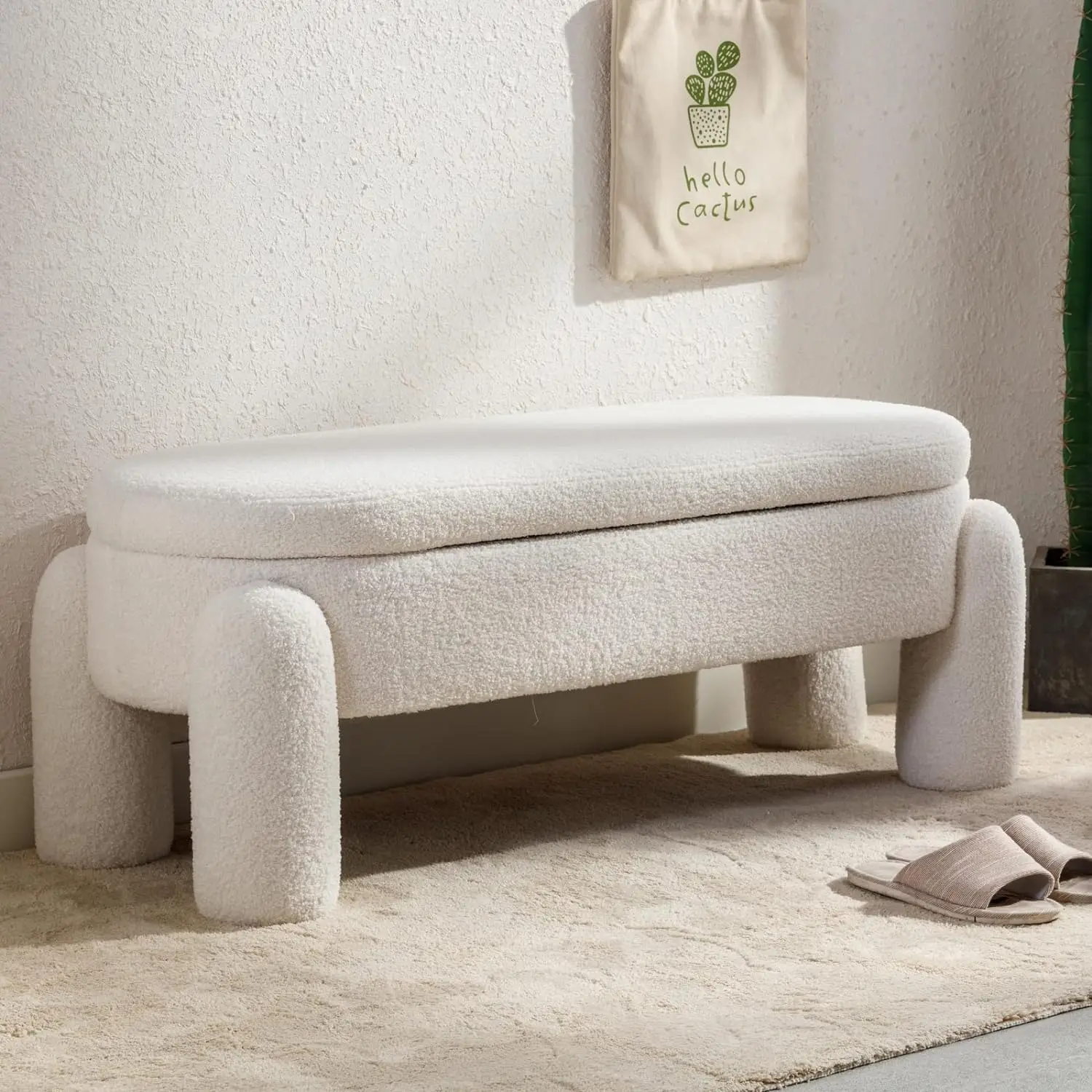
DIY Projects to Enhance Your Rustic Entryway
Simple Rustic DIY Projects for Every Skill Level
Creating custom elements adds personal character to your space:
Entry Bench Project Overview:
– Source reclaimed boards or new lumber
– Cut to desired dimensions (typical dimensions: 36-48” wide, 12-16” deep, 17-19” high)
– Sand smooth enough for comfortable seating while maintaining character
– Apply protective clear coat or stain
– Add cushion if desired
Custom Coat Rack Project:
– Mount a weathered board to wall studs
– Add vintage knobs, industrial hooks, or repurposed hardware
– Space hooks 8-10 inches apart for functionality
These projects require basic tools (drill, saw, sander) and can typically be completed in a weekend. For those with space limitations, DIY ideas for custom rustic entryway pieces can be adapted to fit your specific dimensions.
Maintaining Your Rustic Entryway
Caring for Rustic Materials
Proper maintenance ensures your rustic entryway remains beautiful for years:
- Wood care: Dust regularly with a soft cloth; apply furniture wax or food-safe oil twice yearly
- Metal maintenance: Apply paste wax to prevent rust on iron elements; clean brass or copper with specialized metal cleaners
- Textile upkeep: Vacuum cushions and rugs regularly; treat stains immediately with appropriate cleaners
- Seasonal check-ups: Tighten loose screws, check for water damage, and refresh finishes as needed
Use gentle, natural cleaners whenever possible—harsh chemicals can damage the patinas and finishes that give rustic pieces their character.
Is Rustic Style Still Popular?
Rustic style remains consistently popular even as specific design trends change. What makes rustic enduring is its adaptability—it can be incorporated into many other design styles from modern farmhouse to contemporary. The authenticity, warmth, and connection to natural materials give rustic elements staying power beyond passing trends. While rustic continues to evolve, incorporating cleaner lines and selective distressing rather than heavy ornamentation, its fundamental appeal remains strong in home design.
Creating your dream rustic entryway is about balancing authentic materials, practical function, and personal style. By thoughtfully combining these elements, you’ll create a welcoming space that sets the perfect tone for your home while serving your family’s daily needs.

